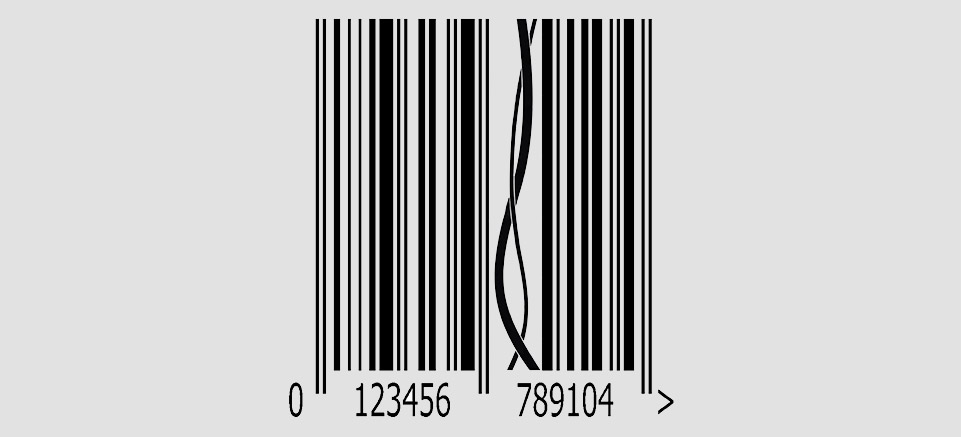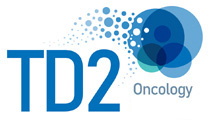Fluorescent Cell Barcoding Using Flow Cytometry For High Throughput Testing

For typical flow cytometry assays, specimens are processed separately with the antibody panels to enumerate lymphocyte subsets of interest, yielding a sample by sample processing for each individual being tested. Although several hundred samples can be processed using this approach, what if there were methods to optimize efficiency of the flow cytometry testing, depending on the situation? Fluorescent Cell Barcoding (FCB) is a testing method where individual samples are barcoded with specific concentrations of fluorescent dyes; giving each sample a unique intensity distribution; before they can be combined for antibody staining and data acquisition as a single sample on the flow cytometer. The unique fluorescent intensity distribution allows individual cell populations to be identified during data analysis (Krutzik et al 2011). Therefore, several individual samples can be analyzed using standard hardware without the need of a high throughput platform or an autosampler. FCB also benefits the user by reducing the antibody consumption by 10-100 folds, thus reducing overall cost per sample while maximizing data robustness. Since samples are pooled together before staining with specific markers, this technique also greatly reduces staining variability, increases uniformity and reduces total acquisition time. FCB can be applied in various settings, including; multi-donor testing, detection of intracellular cytokines and phospho-proteins, dose response, drug discovery and screening. FCB also shows great potential when testing specimens where blood sample amounts are very limited. The time it takes for a sample to be acquired also is reduced due to the combining of the samples.
With an interest to offer a wide variety of cutting edge flow cytometry services, FCSL developed and performed an FCB assay on stimulated and unstimulated human samples to determine the expression of pERK, pS6 and p90RSK using a standard 8-color BD FACS Canto II flow cytometer. The number of samples analyzed using this method largely depends on the number of FCB dye used to barcode the samples. In this assay 2 violet dyes (CBD450 and CBD500) were used enabling barcoding of 16 donor samples. Fresh whole blood samples from 16 individual donors were obtained and PBMC was isolated. PBMCs were either stimulated with 10nM PMA or left unstimulated, then fixed and frozen. Frozen samples were permeabilized using BD Phosflow™ Perm Buffer III. CBD450, CBD500 (each prepared in high, medium and low concentration) and DMSO were used to create a 4×4 barcoding matrix, as shown in Figure 1.

Figure 1: Step-by-step process of barcoding cells from 16 donors to evaluate the expression of intracellular phospho-proteins.

Figure 2: Visual representation of fluorescently labeled cells. In this example cells were stained with amino acid while in our experiment cells were stained with barcoding dye.
(https://www.cell.com/trends/biotechnology/fulltext/S0167-7799(18)30025-8)
Individual samples were added to the tubes containing various concentration of FCB Dye. During this step, the fluorescent dyes which are reactive to the amine functional groups covalently bind to the cells. Following incubation, the reacted dye attaches to the cells and non-reacted dye is washed away enabling the differentially barcoded samples to be mixed together into one tube. Cells from each treatment group were stained with anti-pERK-PE, anti-pS6-AF488 and anti-p90RSK-AF647. Single stained compensation controls were also prepared. After staining, the cells were washed and acquired.
Data analysis was initiated with the decoding of the 16 donor populations from the stimulated and unstimulated groups. This was performed using a cytogram of CBD450 versus CBD500 fluorescent dyes. The various intensities, which are proportional to the concentration of the fluorescent dye added to the specific donor samples, were easily separated on this cytogram (Fig.3). Each donor population was then subjected to histogram plots of anti-pERK-PE, anti-pS6-AF488 or anti-p90RSK-AF647. The median fluorescent intensity was recorded (Fig.4) and fold change between stimulated and unstimulated sample was calculated (Fig. 5)

Figure 3: A representative cytogram of the 16 different samples that are deconvoluted after fluorescent barcoding with different concentrations of CBD450 and CBD500.

Figure 4: Histogram overlay to evaluate the change in expression of pERK, pS6 and p90RSK following stimulation with PMA. Deconvoluted samples were gated to evaluate the expression level in individual donor sample.
The results from this study is consistent with the literature and shows increased expression of all three intracellular phospho-proteins following stimulation with PMA. Similar results have been reported using the single tube per donor assay. Therefore, this method can be successfully used for intracellular staining of multiple markers simultaneously. Data analysis can also be performed with ease and user can choose to simplify data reporting by using a heat map as shown in Fig. 5.

Figure 5: Fold change in expression of phosphorylated signaling proteins. Multiparametric profiling in 16 samples revealed an upregulation of pERK (A), pS6 (B) and p90RSK (C) after stimulation with PMA.
A study seeking to provide better targeting and detection of metastatic colon cancer used a combination of high-throughput immunophenotyping and FCB. Detection and targeting of tumor cells are current challenges the medical community is facing with regards to colon cancer, even though it affects millions of people worldwide and is a deadly disease. Using FCB alongside immunophenotyping is one way the screening time can be reduced, as well as providing a reduction in effort and cost (Sukhdeo et al 2013). Many studies have reported the use of FCB on fixed and permeabilized cells to measure intracellular proteins (Krutzik et al 2003). This is because the amine-reactive dyes used to barcode the samples are exposed to much higher levels of target proteins inside the cells than on the surface and enables clear separation of individual populations. An increase in availability of the reactive dyes and improved staining protocols can broaden the scope of this technique and possibly be utilized for live cell analysis in the future. Overall, this method is ideal for laboratories that are not equipped with high throughput flow cytometer or those looking to perform large screening experiments with greater uniformity, making it a choice method for contract flow labs.
FCSL is a contract flow lab that provides high throughput and high capacity flow cytometry services, running multiple flow cytometers with up to 10 color antibody panels daily. We are proficient in processing a multitude of specimen types including whole blood, frozen PBMCs along with cell culture and tissue processing capabilities. Our flexibility in handling so many specimen types allow for the support of a wide range of flow cytometry assays including: immunophenotyping/lymphocyte subset analysis, receptor occupancy, functional assays and cell viability/apoptosis measurements. Our expert staff is always available to help guide you through these tests and we welcome clients to visit our facility. We encourage sponsor engagement throughout the process. Contact us for more information!
References:
BD Biosciences. 2018. Technical Data Sheets. http://www.bdbiosciences.com/home.jsp
Krutzik P.O ., Nolan G.P. Intracellular phospho-protein staining techniques for flow cytometry: monitoring single cell signaling events. Cytometry A. 2003;55:61–70.
Krutzik, P.O, Clutter, M.R, Trjo, A, Nolan, G.P. 2011. Fluorescent Cell Barcoding for Multiple Flow Cytometry. Curr Protoc Cytom, Unit 6.31.
Sukhdeo, Kumar, et al. “Multiplex Flow Cytometry Barcoding and Antibody Arrays Identify Surface Antigen Profiles of Primary and Metastatic Colon Cancer Cell Lines.” PLoS ONE, vol. 8, no. 1, 7 Jan. 2013, pp. 1–9., doi:10.1371/journal.pone.0053015.
Figure 2 image courtesy of https://www.cell.com/trends/biotechnology/fulltext/S0167-7799(18)30025-8

